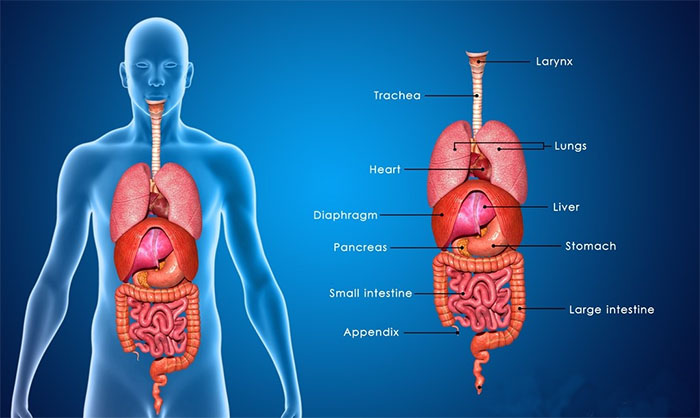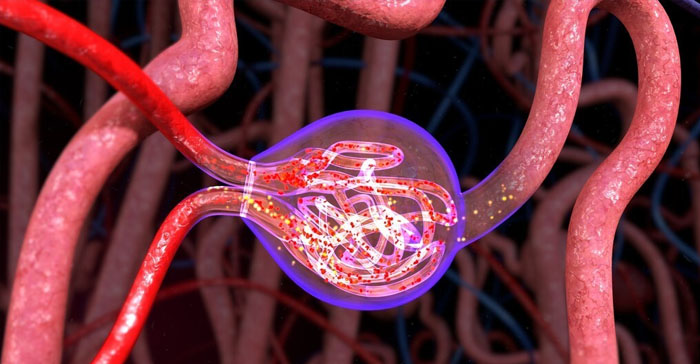- Login
- Cart{{shopingCartNum}}
- English
Multiple myeloma is a malignant tumor caused by the abnormal proliferation of plasma cells. Plasma cells are a type of white blood cell in the bone marrow responsible for producing antibodies to help the body fight infections. When plasma cells become abnormal, they start to proliferate uncontrollably, producing a large amount of abnormal antibodies (referred to as M proteins). These abnormal cells accumulate in the bone marrow, affecting the production of normal blood cells and causing a range of complications.
This type of tumor is prone to affecting soft tissues, and in advanced stages, widespread metastasis can occur, although lung metastasis is less common. The incidence of multiple myeloma increases with age, with the peak age of onset being between 55 and 65 years, and the male-to-female ratio of incidence is approximately 1.6:1.

1. Bone pain: Especially pain in the back and ribs, often the initial symptom.
2. Anemia: Due to the suppression of normal red blood cell production in the bone marrow, patients often exhibit symptoms such as fatigue and pallor.
3. Renal impairment: M proteins can impair kidney function, leading to renal failure.
4. Hypercalcemia: When bones are broken down, calcium is released into the bloodstream, leading to symptoms such as nausea, vomiting, thirst, and constipation.
5. Reduced immunity: Decreased production of normal antibodies makes the patient more susceptible to infections.
1. Genetic factors: Certain genetic mutations may increase the risk of developing multiple myeloma.
2. Age: The disease is more common in the elderly, especially those over 65 years of age.
3. Gender: The incidence rate is slightly higher in males than in females.
4. Family history: Individuals with a family history of multiple myeloma or other blood system diseases are at higher risk.
5. Radiation exposure: Exposure to high doses of radiation may increase the risk.
6. Certain chemicals: Contact with certain chemicals, such as pesticides, benzene, etc., may increase the risk.
7. Immune system disorders: Those with certain immune system disorders may have a higher risk.
8. Obesity: Individuals with a higher body mass index (BMI) may have an increased risk of developing multiple myeloma.
While these factors may increase the risk of developing the disease, not everyone with these risk factors will develop multiple myeloma. The specific causes and mechanisms of onset are still under research.

The diagnosis of multiple myeloma typically requires comprehensive consideration of multiple test results, including:
1. Blood and urine tests: Testing M protein levels, evaluating kidney function, and calcium levels.
2. Bone marrow biopsy: Observing the quantity and morphology of plasma cells by extracting a bone marrow sample.
3. Imaging tests: Such as X-rays, CT scans, MRIs, etc., used to detect bone lesions.
4. Genetic testing: Analyzing chromosomal and genetic mutation status to assess prognosis and guide treatment.

The treatment plan for multiple myeloma is usually personalized based on the patient's specific condition. The main treatment methods include:
1. Chemotherapy: Using drugs to kill myeloma cells, a primary treatment method.
2. Immunotherapy: Enhancing the patient's own immune system to combat cancer cells.
3. Targeted therapy: Using drugs to directly attack specific parts of myeloma cells, reducing damage to normal cells.
4. Stem cell transplantation: Restoring normal bone marrow function by transplanting healthy stem cells.
5. Radiation therapy: Effective in relieving symptoms of local bone pain and lesions.

Balanced diet: Maintaining healthy eating habits, consuming more fruits, vegetables, whole grains, and reducing intake of high-fat, high-sugar foods.
Regular exercise: Maintaining moderate physical activity helps enhance the immune system and maintain a healthy weight.
Avoiding obesity: Maintaining a healthy weight and avoiding obesity-related risks.
Avoiding contact with harmful chemicals: Minimizing exposure to pesticides, benzene, and other chemical substances.
Reducing radiation exposure: Avoiding unnecessary high-dose radiation exposure.
Early screening: Regular check-ups help in early detection of health issues, especially for those with a family history or other high-risk factors.

Maintaining good hygiene habits: Regular handwashing to reduce the risk of infection.
Vaccination: Preventing certain viral infections, such as hepatitis B vaccination, etc.
Managing chronic diseases: Actively managing and treating other chronic diseases (such as diabetes, chronic inflammation, etc.) to reduce potential risks.
While these measures cannot completely prevent multiple myeloma, they contribute to overall health and reduce certain risk factors. If there is a family history or other high-risk factors, regular communication with a doctor and attention to early signs of related symptoms are important.
Multiple myeloma is a serious disease, but with advances in medicine, an increasing number of treatment methods are offering hope for patients. Early detection and standardized treatment are key, and good lifestyle habits and psychological adjustment can significantly improve the quality of life for patients. If you or your loved ones experience related symptoms, seek medical attention promptly to achieve the best treatment outcomes.